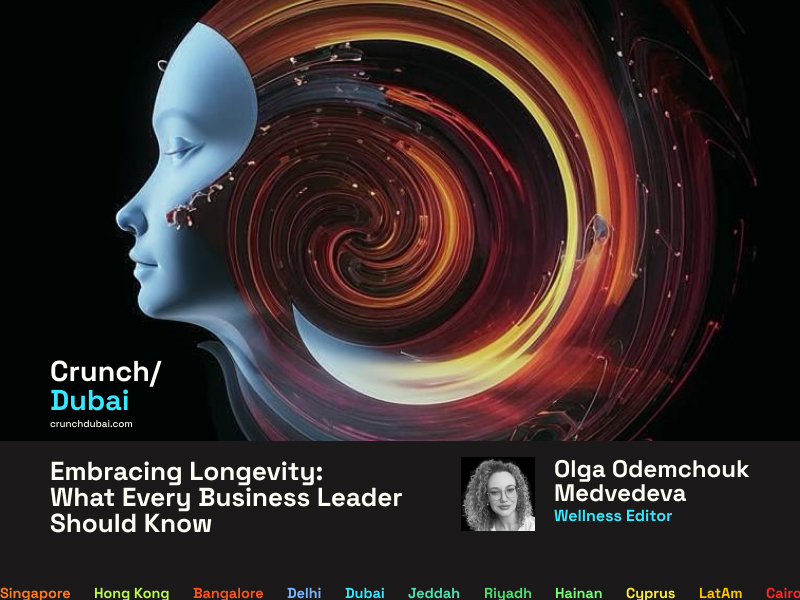As we step into a future where longevity is becoming the norm, it’s essential for business leaders to understand the trends shaping this new landscape. With advancements in healthcare and a significant demographic shift towards an aging population, the way we approach wellness is evolving. Here’s a closer look at the longevity trends that every businessperson should keep an eye on in the coming years.
The Aging Population: A New Frontier
A Growing Demographic
Did you know that nearly one billion people worldwide are over the age of 60? This number is set to double in the next two decades! As life expectancy continues to rise, businesses must adapt to meet the needs of this expanding demographic. Older consumers have unique preferences and requirements, and understanding these can unlock new opportunities for growth.
Quality of Life Matters
It’s not just about living longer; it’s about living well. The focus is shifting from lifespan to healthspan, emphasizing the importance of maintaining a high quality of life as we age. Businesses that prioritize wellness, preventive care, and chronic disease management will find themselves at the forefront of this trend.
Opportunities on the Horizon
Healthcare Services: A Growing Demand
With an increase in chronic diseases associated with aging, the demand for specialized healthcare services is on the rise. Conditions like Alzheimer’s, diabetes, and mobility issues are becoming more prevalent, creating a significant market for businesses that can provide innovative solutions tailored to these needs.
Elderly Care: Supporting Independence
As societal norms evolve, more individuals are seeking ways to maintain their independence as they age. This shift is driving demand for elderly care services, from in-home assistance to community support programs. For businesses, this sector represents a promising opportunity for growth and innovation.
Consumer Products: Catering to the Mature Market
The beauty, nutrition, and leisure industries are also set to thrive as older adults seek products that enhance their well-being and lifestyle. Companies that can create offerings that resonate with this demographic—helping them look and feel their best—will find a receptive audience eager for new solutions.
Strategic Approaches for Success
Adaptability and Innovation
In a rapidly changing market, adaptability is key. Businesses that can pivot quickly in response to evolving consumer preferences will be better positioned for long-term success. Take inspiration from Netflix, which transformed from a DVD rental service to a leading streaming platform by embracing change and innovation.
A Customer-Centric Mindset
Understanding the needs of older consumers is crucial. By leveraging data analytics to gain insights into their preferences, businesses can tailor their offerings and create a more personalized experience. This customer-centric approach not only fosters loyalty but also drives sustained success.
Supporting an Aging Workforce
As the workforce ages, organizations must implement policies that support older employees. Flexible working arrangements and opportunities for continuous learning can enhance productivity and help retain valuable talent. Embracing an age-diverse workforce can lead to a richer, more innovative company culture.
Conclusion: Thriving in the Longevity Economy
The trends in longevity present both challenges and opportunities for businesses. By recognizing the implications of an aging population and adapting strategies accordingly, companies can position themselves for success in this evolving landscape. Focusing on health, wellness, and a customer-centric approach will be vital for thriving in the longevity economy.
